Laowa 65mm f/2.8 Super Macro 2x Lens Review
I love macro photography. It’s one of those points of view that can be achieved in photography that the human eye cannot compete with. Macro photography is a favorite of mine, especially in the winter months. The point of the year when the world is grayest and brownest and most bland-looking, right before the spring rains and blooming of the wildflowers. I can’t speak highly enough about doing macro photography. Flowers, botany, insects, still life, mechanical components, fungus, etc all brought into a field of view that is super unique and alien to our daily experience. It can shed new light on old, mundane objects and critters. It can make the most mundane subject exhilarating with the new perspective you’re given.
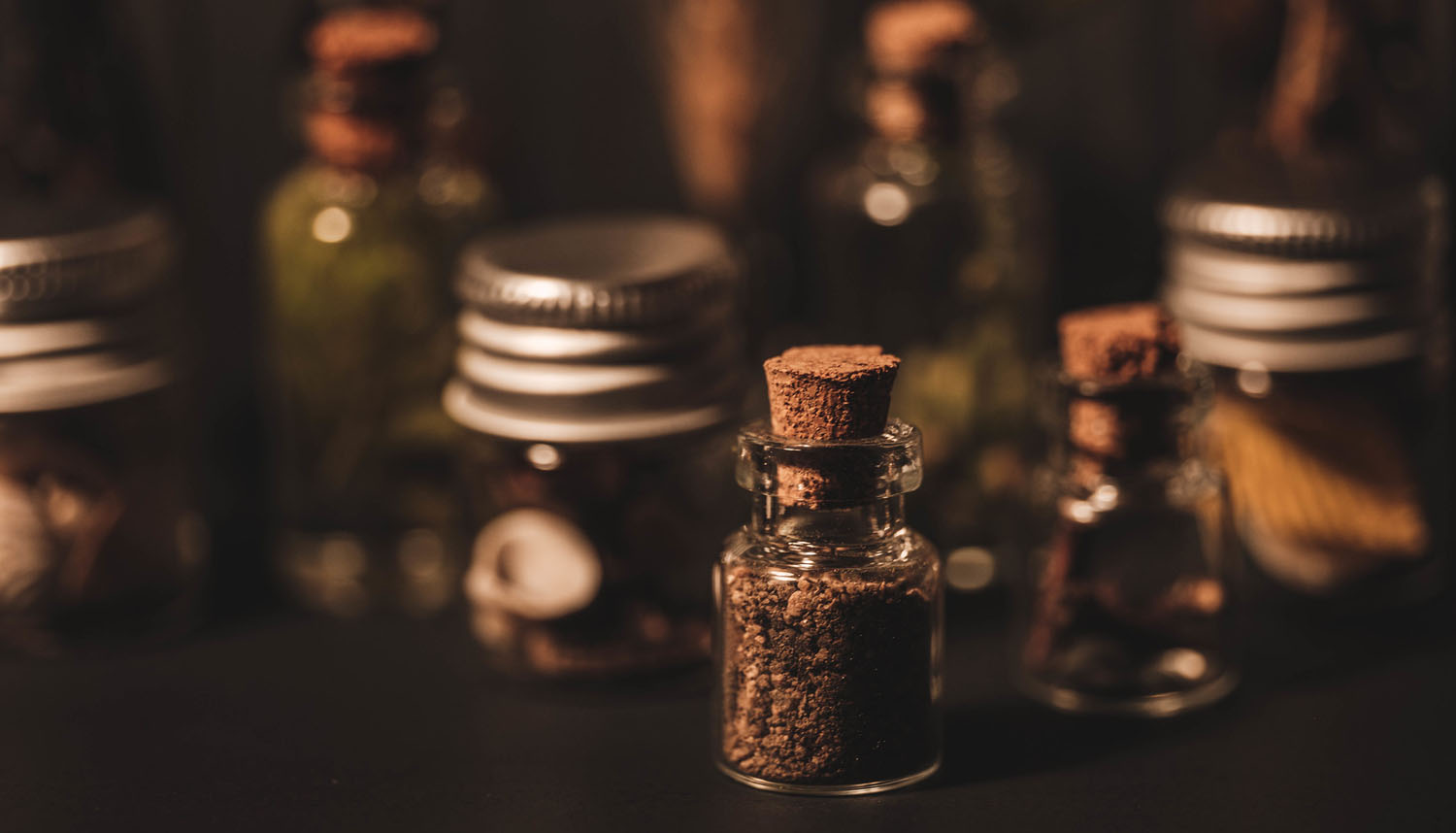
As such, I have a variety of ways of capturing macro images. I started doing macro photography with a set of extension tubes and regular prime lenses. I then incorporated a speed light and diffuser. Always pushing for more, I graduated to reversed lenses, coupled lenses, and coupled reverse lenses. While these solutions are great for getting past the 1:1 reproduction ratio, they’re severely lacking in some ways. The doubled lenses have issues with vignetting that’s dependent on both the lens choice as well as the front and rear lens aperture settings, making the whole process overcomplicated. And the largest wrench in the gear, affecting macro tubes, reverse lenses, and doubled lenses, is the extremely limited working range. You might have a foot or two with a prime on macro tubes, to a few inches of working distance with a reversed or doubled lens setup. While this isn’t crippling, it certainly is limiting. Working at super macro magnifications on a plant or a small bug or beetle and see a butterfly on the flower next to you? Too bad. There’s not enough range to get the entire flower/butterfly composition in frame.
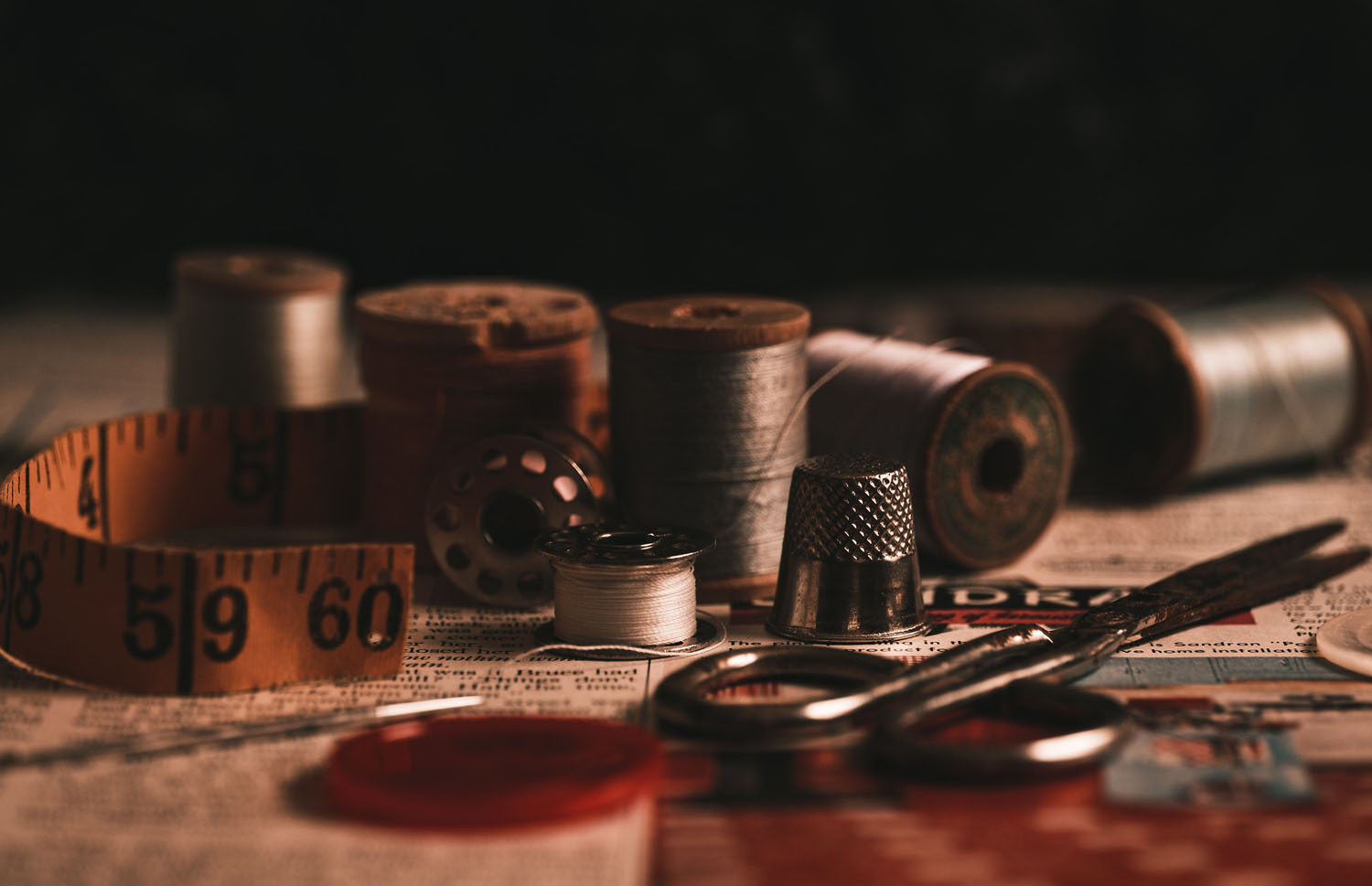
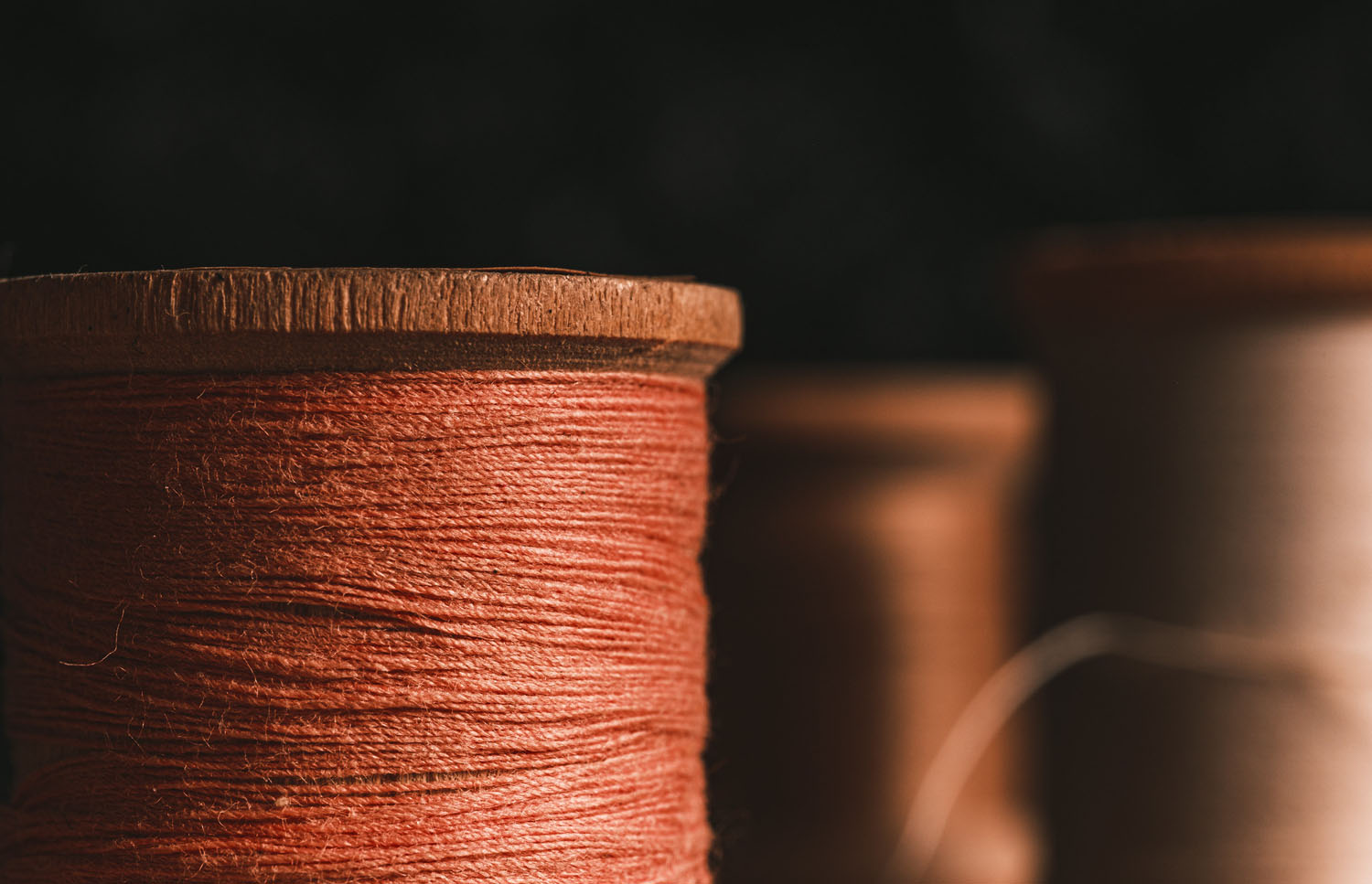
This is where the Laowa comes in for me. Yes, I know that there are native Fujifilm XF macro lenses, but they both come with downsides. The 60mm doesn’t do 1:1 reproduction and is pretty ancient from all accounts, and the 80mm is only 1:1 and is massive, even though it reportedly is an amazing lens overall, and weighs a ton as a macro lens (add in a speedlight, diffuser, and trigger to your setup and you have an absolute pig of a rig and a hand cramp within the hour). The XF30mm macro lens looks appealing, but wasn’t out when I bought the Laowa. And if I were doing this all over again today I would probably still get the Laowa for reasons I’ll outline below.
The Laowa has a ton of absolutely essential features that make it stand out over the native Fuji glass for me.
• It’s super lightweight for a macro lens. I use a cage on my camera body, a flash trigger, a speedlight, and a diffuser for my macro setup. Reducing weight on the lens is a godsend because I can’t really reduce the weight of the camera or of a flash unit.
• It’s small for a macro lens. Not having a front-heavy rig is pretty crucial for me. When I go out to shoot I like to be out for a good portion of the day, and a front-heavy setup can be brutal on my hands. My doubled lenses were especially bad for this and I’m not sure they even weighed as much as the XF80mm Fuji macro lens. It’s strange, because I don’t have a problem swinging around a 3lb, 4lb, or 5lb telephoto lens doing birding/wildlife/landscape/detail photography, but when it comes to macro photography I am incredibly sensitive to heavy/long lenses.
• It’s not too expensive. At $500 new or $400 used it’s relatively affordable. A fraction of the price of an XF80mm.
• The magnification ratio of 1:1 is fine for a lot of stuff, but the more you shoot 1:1 the more magnification you want. Hell, using the Laowa for over a year with the capability of 2:1 I’ve taken to using it with extension tubes to push it in just that much closer.
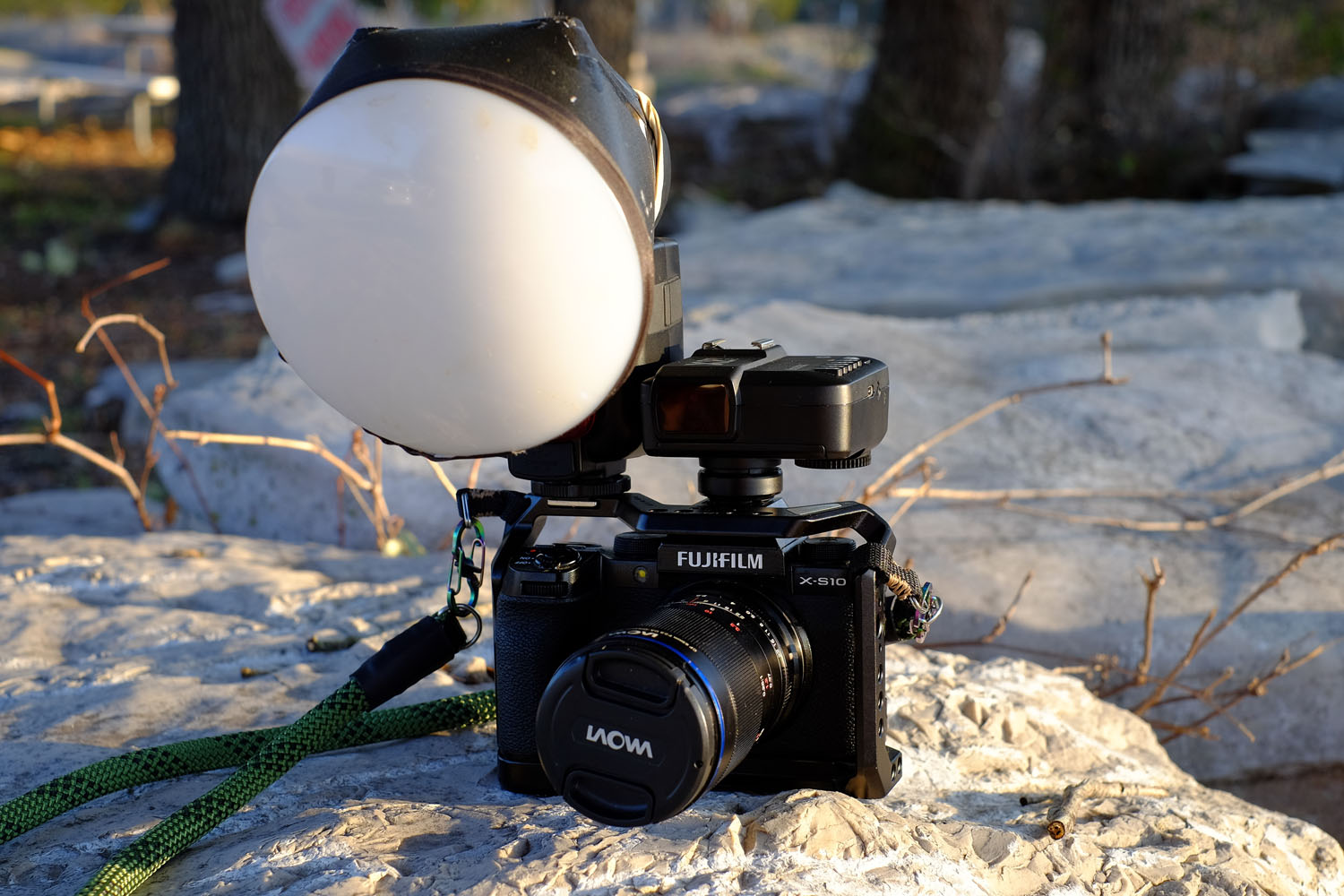
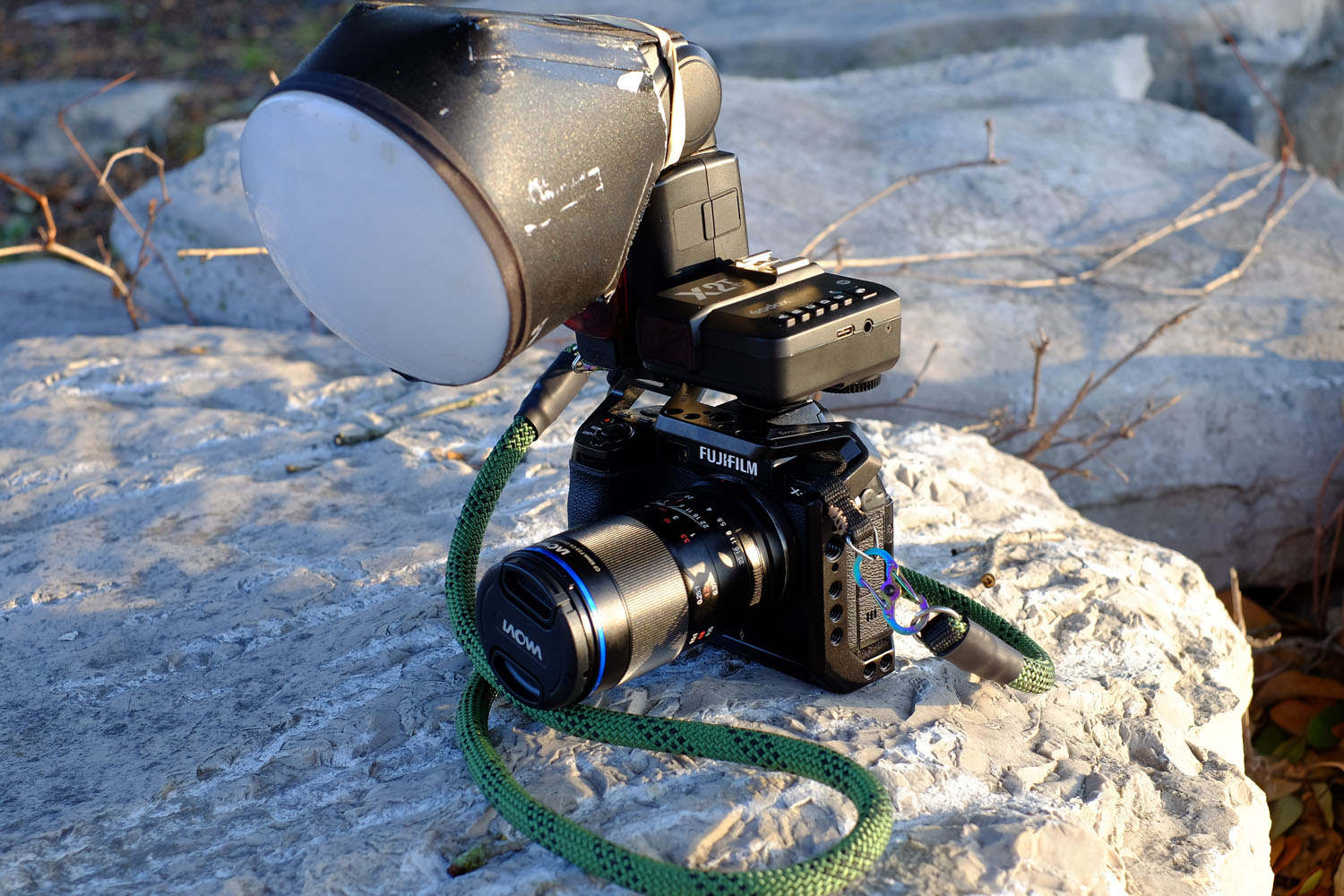
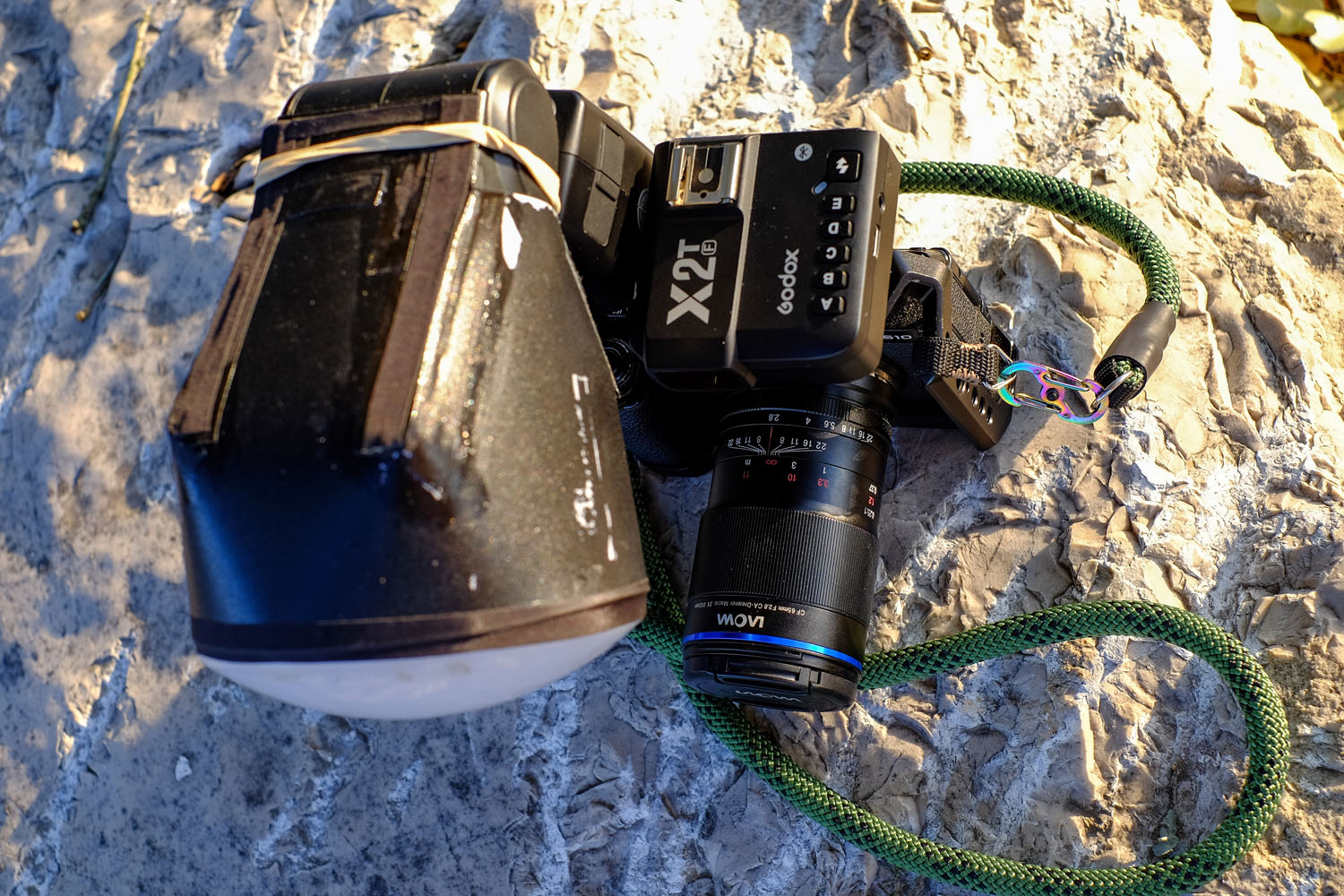
Build quality is quite good. Chinese aftermarket lenses have really established themselves as quite decently manufactured pieces, at the very least externally. The Laowa 65mm is no different in that regard. The exterior components of the lens feel quite premium. The machining and knurling on everything is very clean and well done.
The focus ring and aperture ring are dampened appropriately and feel decent. The focus ring has developed just the tiniest hint of an aluminum-on-aluminum grinding feel, like it’s just barely rubbing on another part of the lens body, but it’s not something I’m personally worried about.
The bigger con in regards to feel and ergonomics is the aperture ring. There are clicks, praise Odin!, but they’re very soft and the aperture position spacing isn’t even. The wider open positions are spaced quite far apart with the spacing decreasing until they’re very close together. Mechanically this is the only aspect that’s disappointing to me on the entire lens.
One further usability con is a lack of electronic contacts to transmit EXIF data. It’s not essential, and the option was nonexistent on my previous setups, but it would absolutely be a worthwhile feature and not something that I feel is too much to ask from a $500 lens.
Beyond the lack of contacts and the weird spacing/light feel of the aperture ring, the construction/fit/finish are all solid. For the price it’s good but not amazing.
The Laowa 65mm also has an exceptional amount of focus breathing, but that’s not that surprising and just comes with the territory of macro lenses.
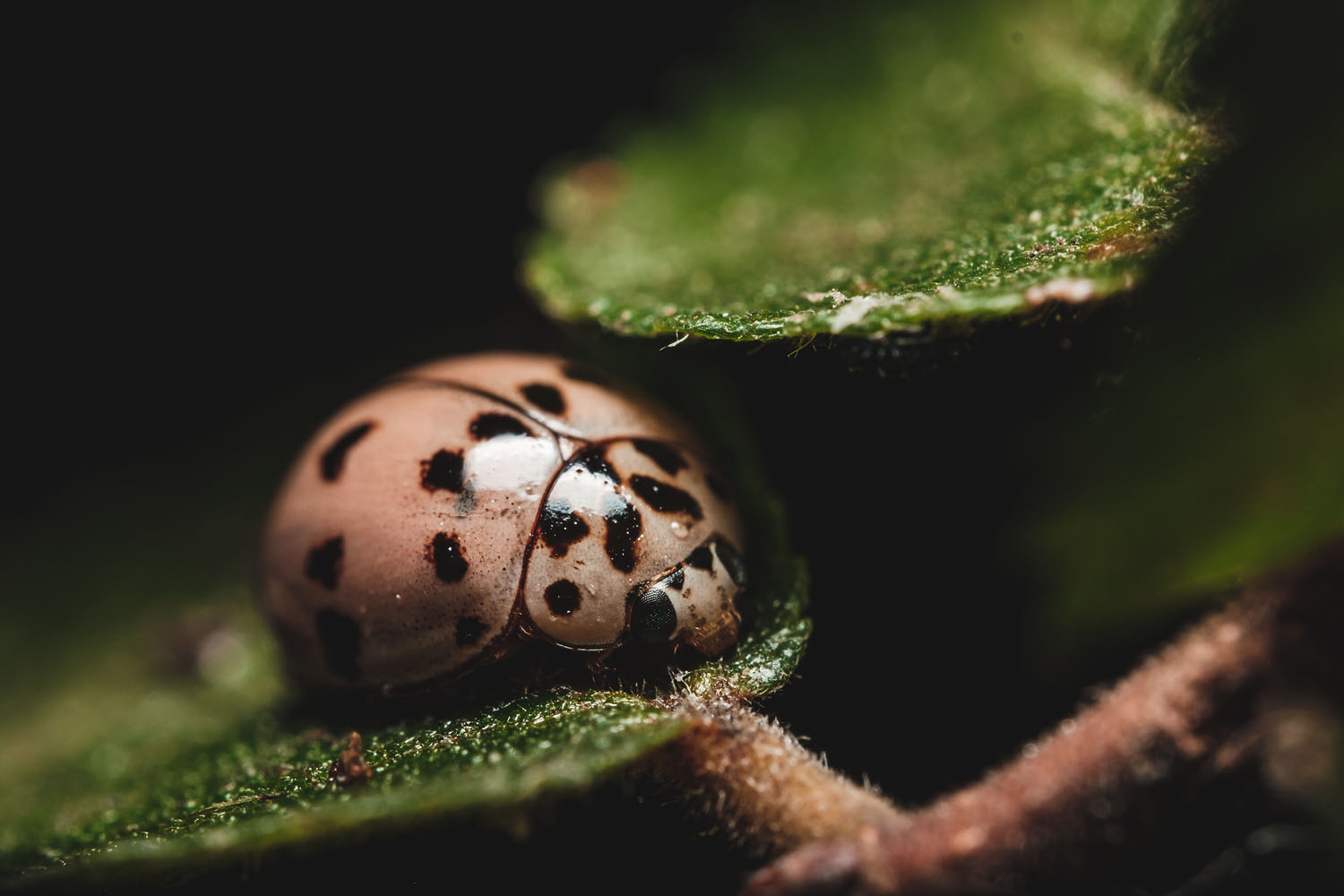
Image Quality is absolutely superb close up or at macro ranges. The Apochromatic designation is a godsend with macro work, and my shots have never been crisper and more clear of chromatic aberrations at extreme macro working distances. This was something that I struggled with using vintage lenses doubled or native Fuji glass like the XF50mm F2 or XF35mm F2 with macro tubes. The sharpness is good, but you end up with purple fringing on the highlights and high-contrast spots on a photo.
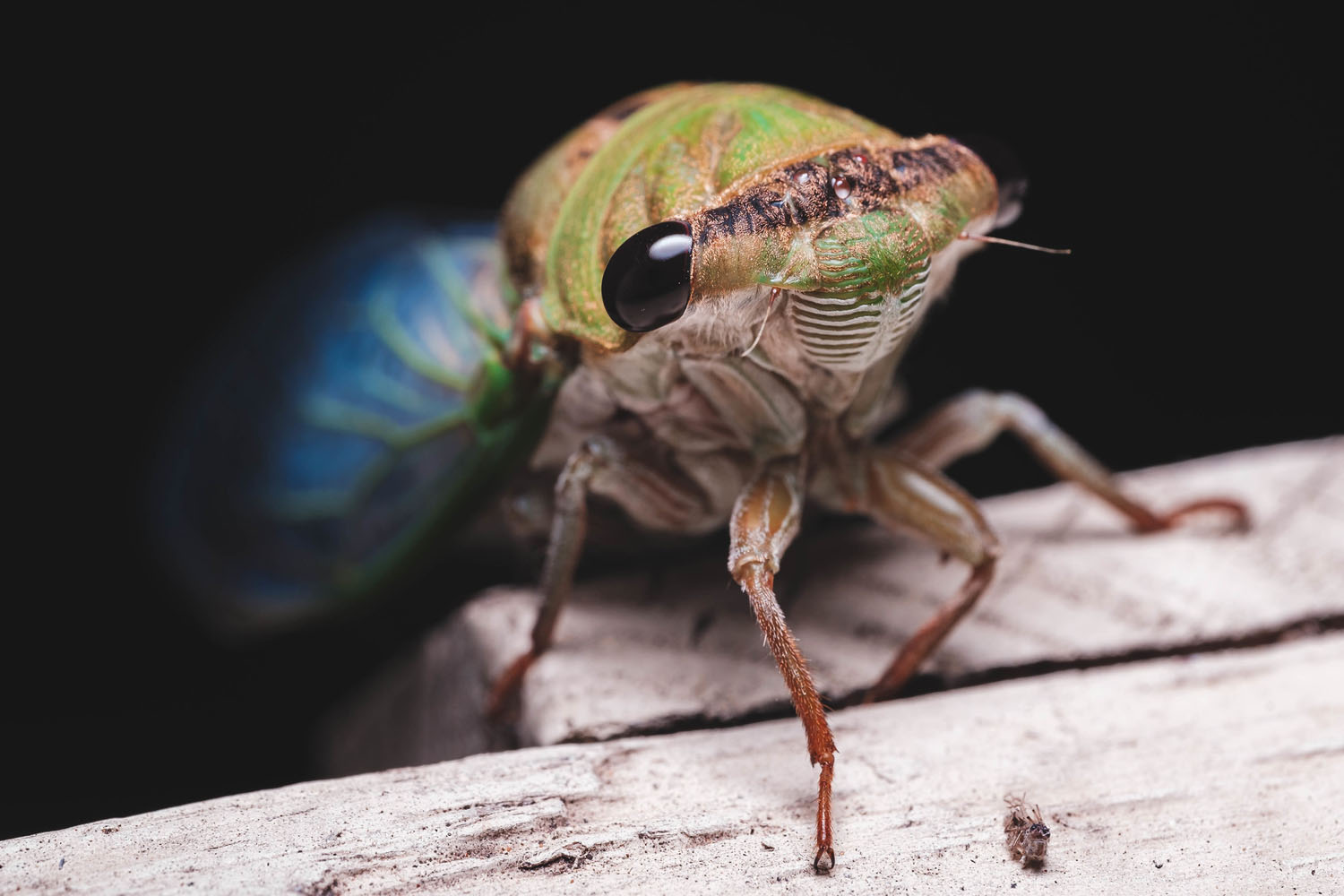
The bokeh is superb, again at macro/closeup working distances. The further the subject is away the more busy and nervous the bokeh becomes. It’s a shame because the lens is tack sharp when taking shots at longer distances, the bokeh is just exceptionally unattractive. I wish it weren’t the case because this could have been my ultimate walkaround lens, but with how well it performs at its designed task (macro/closeup) I’ll gladly trade that for poorer telephoto working properties.
Over the past year, this lens has become an essential piece of my camera gear. It’s absolutely on my “purchase again if camera bag spontaneously combusts” list, and comes highly recommended. There’s a lot of information out there on this lens as well as Laowa’s solid track record with other super macro lens designs, so I feel like it’s a safe lens to look into if you’re in need of a good manual focus macro lens.
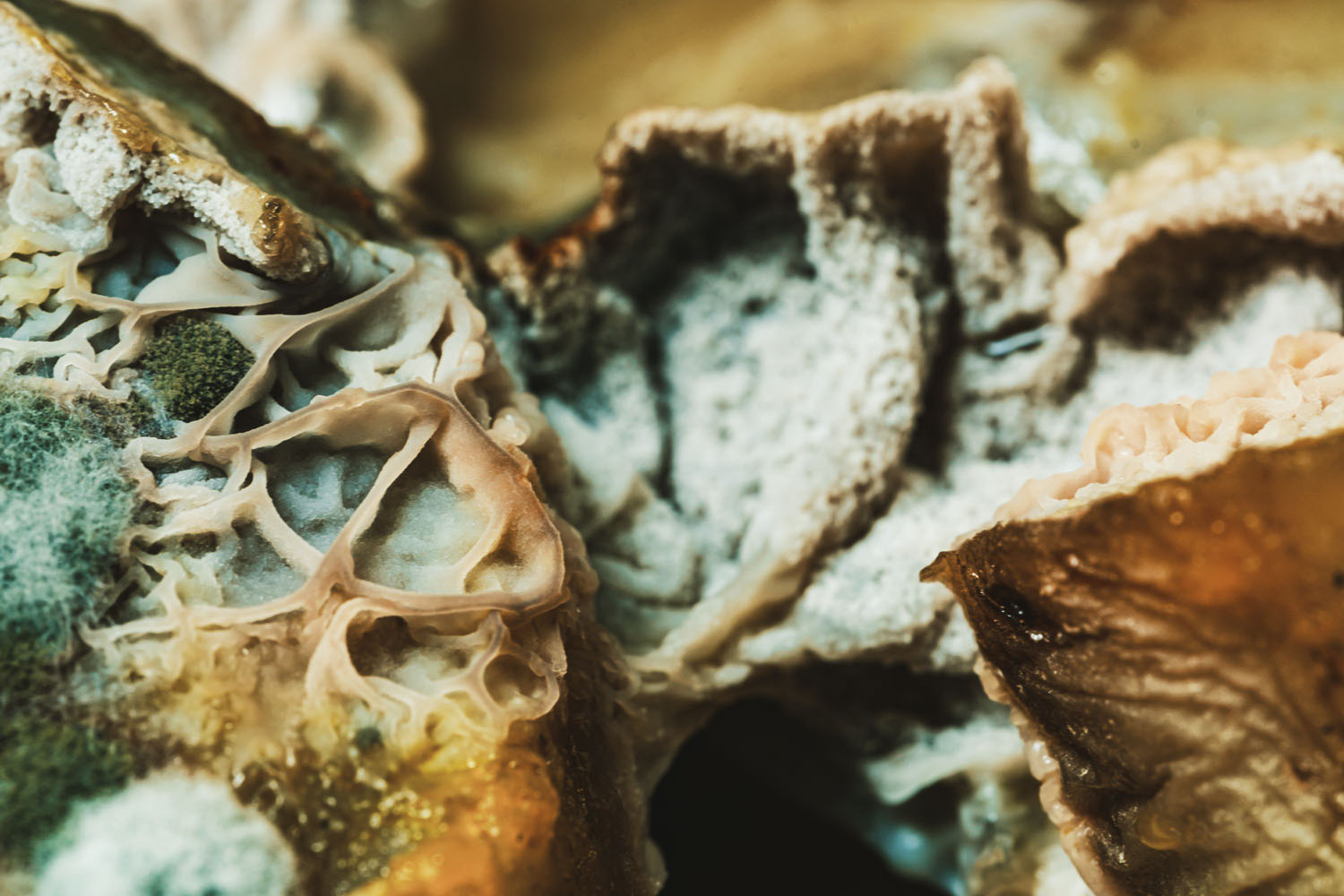

“I’m a manufacturing engineer, an enthusiastic amateur photographer, and a less-than-competitive powerlifter. Based out of the Hill Country, I specialize in wildlife, botanical, landscape, and macro photography of the wildly diverse flora and fauna of Texas. I’m primarily a Fujifilm camera user, a lover of vintage lenses, a habitual tinkerer, and enthusiastic about all things photographic.”





jason
July 19, 2024 @ 7:26 pm
super good review. thank you. question – do you shoot with a tripod or handheld? am strongly considering this lens but shoot almost entirely handheld. thanks
aaron
July 19, 2024 @ 7:45 pm
thank you! i shoot entirely handheld when i’m outdoors, and occasionally i will pull out a tripod for tabletop shoots (but i don’t do them very often). if you’re familiar with shooting handheld macro at 1:1, 2:1 isn’t much more difficult at all!